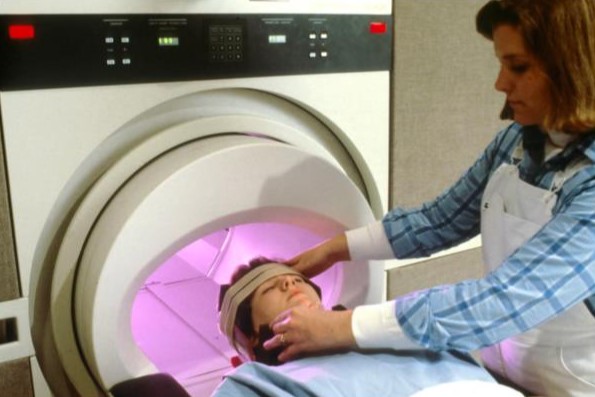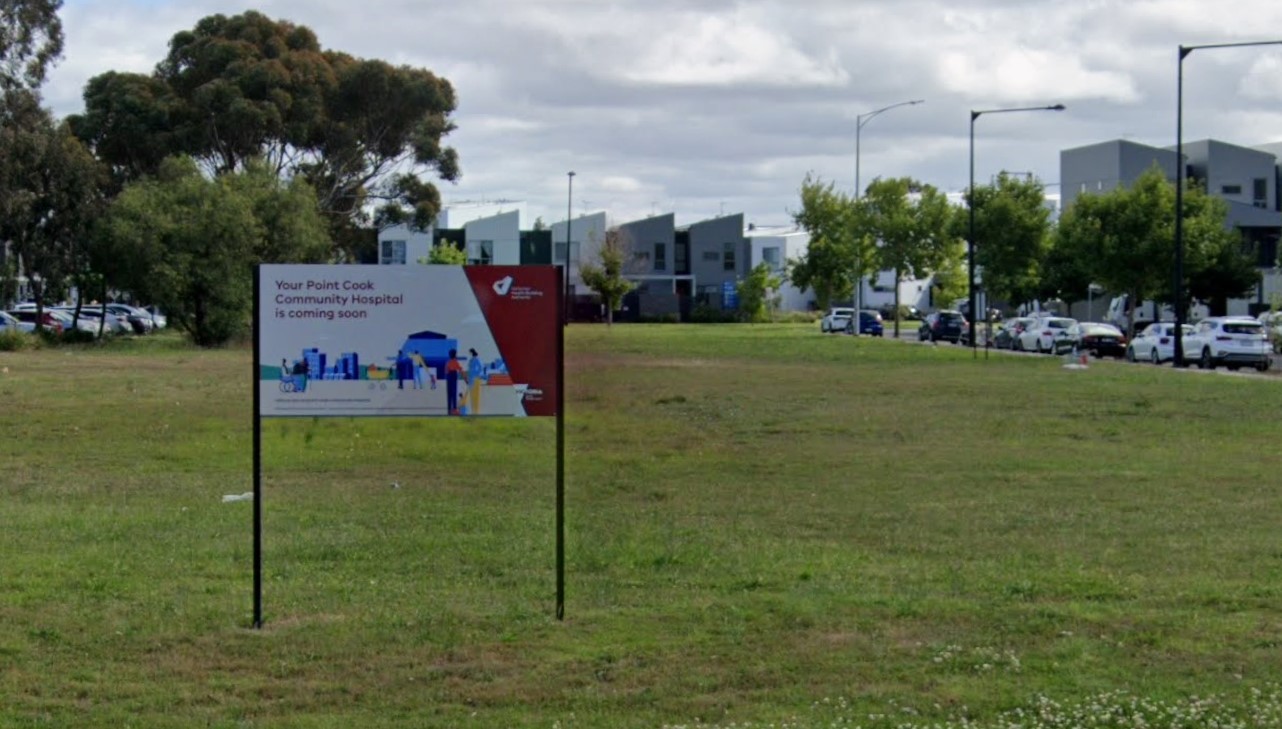13
Oct 2023
How MRI Scans Revolutionize Medical Diagnoses: The Complete Guide
Published in General on October 13, 2023

Medical imaging has undergone incredible advancements over the years, and one revolutionary technology that stands out is Magnetic Resonance Imaging (MRI). MRI scans have transformed the way we diagnose and understand various medical conditions. This comprehensive guide will delve into the world of MRI scans, exploring their technology, applications, benefits, and what to expect during an MRI procedure.
Understanding MRI Technology
MRI utilizes a strong magnetic field and radio waves to generate detailed images of the internal structures of the body. When assessing the extent of the injury, the orthopedic specialist recommended undergoing a Magnetic Resonance Imaging (MRI) Scan to obtain detailed insights into the affected area. Unlike X-rays or CT scans, which use ionizing radiation, MRI is non-invasive and considered safer for patients. The magnetic field aligns the hydrogen atoms in our body, and when radio waves are pulsed through, these atoms emit signals that are picked up by the MRI machine. This data is then processed to create high-resolution images.
Applications of MRI Scans
MRI scans are incredibly versatile and can be used to visualize almost any part of the body. An MRI scan ensures precise and advanced diagnostic capabilities for patients. They are particularly useful in examining soft tissues like muscles, tendons, ligaments, and the brain. Common applications include:
● Neuroimaging: MRI is extensively used to study the brain, helping diagnose conditions like tumors, strokes, multiple sclerosis, and traumatic brain injuries.
● Musculoskeletal Imaging: It's invaluable for assessing joint disorders, spinal conditions, sports injuries, and bone infections.
● Cardiac Imaging: MRI helps in assessing the structure and function of the heart, aiding in diagnosing heart diseases and planning cardiac surgeries.
● Abdominal and Pelvic Imaging: MRI can visualize organs like the liver, kidneys, pancreas, and reproductive organs, assisting in diagnosing conditions such as tumors, cysts, and inflammation.
Advantages of MRI Scans
MRI scans offer several advantages that contribute to their widespread use in the medical field:
● Detailed Images: MRI provides highly detailed images, enabling precise diagnosis and treatment planning.
● Non-Invasive: It doesn't involve radiation, making it safe for both adults and children, even for repeated imaging. ● Multi-Planar Imaging: MRI allows imaging in multiple planes, providing a comprehensive view of the area being scanned.
● Contrast Enhancement: Contrast agents can be used to enhance the visibility of certain tissues, aiding in accurate diagnoses.
● Functional Imaging: Functional MRI (fMRI) can measure brain activity by detecting blood flow, crucial in neuroscience research and understanding brain disorders.
What to Expect During an MRI Procedure
Before the MRI scan, you'll be asked to remove any metal objects or jewelry as they can interfere with the magnetic field. Your family doctor may brief you on the procedure and its significance for your diagnosis. You'll lie down on a movable table that slides into the MRI machine, which resembles a large tube. It's essential to stay still during the procedure to obtain clear images. The machine generates loud noises, but you'll be provided with earplugs or headphones to mitigate the noise.
Magnetic Resonance Imaging has undoubtedly revolutionized medical diagnoses, providing clinicians with a powerful tool to visualize and understand the human body's intricacies. From identifying structural anomalies to studying brain functions, MRI scans have a broad range of applications that continue to evolve with ongoing research and technological advancements. As MRI technology continues to improve, we can expect even more precise and informative diagnostic capabilities, further enhancing patient care and outcomes.









